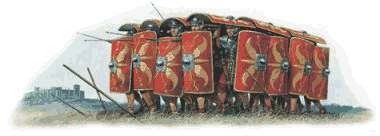Lorica segmentata (armor cuirass)
Members of Legio IX may wear one of the following variations of the lorica segmentata: either the Corbridge "A" or Corbridge "B" pattern, along with any of the sub-variants within those categories. Lorica hamata (chain maile) in a latter 1st century AD Roman pattern is acceptable.
lorica segmentata (above) — hand forged by Matt Lukes
A Brief History Of The Lorica Secmentata
The term, lorica segmentata, is relatively modern, coined to describe this particular type of Roman armor. More recent studies suggest that the term "lorica laminata" may be more correct, but because of a long tradition of use the phrase "lorica segmentata" has become the embedded term used by historians and reenactors alike.
The lorica segmentata was in use for only a relatively short period of time. The various versions are named after the places they were first found, e.g.: the "Kalkriese" segmentata is named after the site where pieces of it were found: Kalkriese, Germany (it was found at the site of the Varian disaster which happened in 9AD at Kalkriese). This is the earliest that lorica segmentata has been known to have been used and it is very incomplete — it is different enough from the Corbridge models so as to preclude its use by our group.
The "Corbridge" segmentata, early 1st Cen. AD through early 2nd Cen. AD was found at Corbridge, England.
The "Newstead" Segmentata is early 2nd Cen. AD to mid-3rd Cen. AD and was found, you guessed it, in Newstead, England. It's just too late for our time period and hence, will not be used by our members.
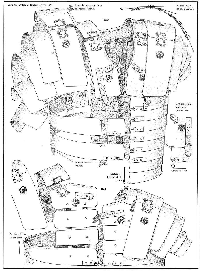
Click thumbnail for larger version |
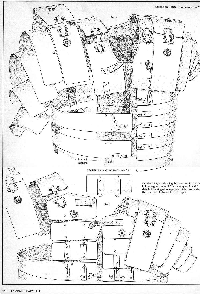
Click thumbnail for larger version |
The lorica segmentata in ancient stautary
Here are a few photos of Roman friezes that show the lorica segmentata being worn by soldiers in Roman times.
*Note: Realize that artists are not always detail-minded, so some things we now know to be true about the Roman soldier are not correct in a couple of these shots — it's more to give you an idea HOW they wore the lorica segmentata

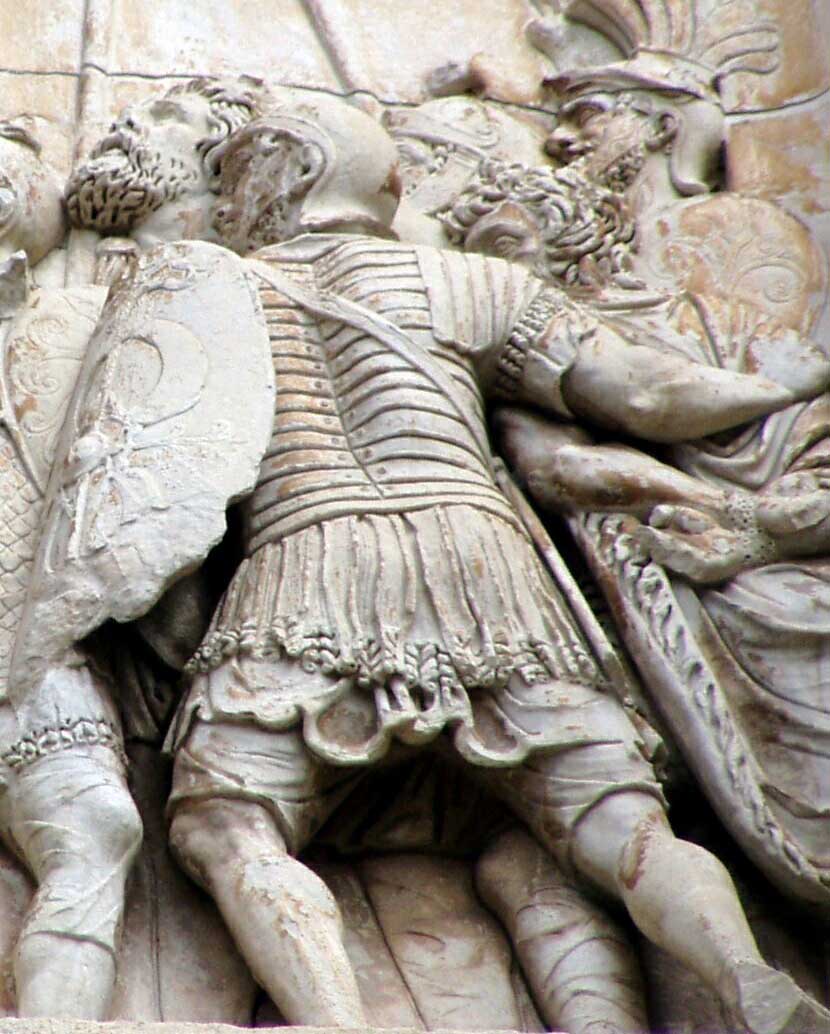
Construction Of The Lorica Secmentata Must Meet Legio IX Standards
Our standards for construction attempt to replicate actual construction methods. We shun machine-cut parts and laser-cut fittings, in favor of elements that are handmade. We avoid the overuse of precise measurement for locating strap holes and for plate dimensions. Modern reenactors and armorers tend to make lorica segmentata too precisely, too perfectly, where in fact those parts of lorica segmentatas that have been found, are neither precise nor perfect. In fact, most armor made during the "ancient periods" of history would be REJECTED by the modern consumer, who is used to well-made and "pretty" items vs. what they had "then" — hand-made and NOT uniform. We live in a spoiled world... try not to let it rule your impression.

|
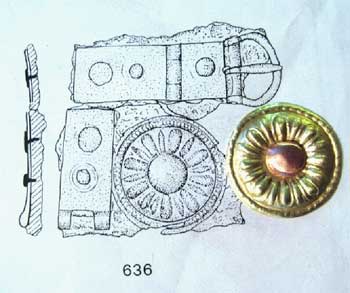 The use of hand tools is strongly encouraged. This cannot be emphasized enough.
This is more likely to replicate the look of the original segmentatas. Power tools and modern hole
punches are allowed, but bear in mind that precision in regard to cutting, shearing or punching is
not a goal to be strived for. Plates that are slightly off in length and width are preferred.
Holes that are not precisely located are... perfect!
The use of hand tools is strongly encouraged. This cannot be emphasized enough.
This is more likely to replicate the look of the original segmentatas. Power tools and modern hole
punches are allowed, but bear in mind that precision in regard to cutting, shearing or punching is
not a goal to be strived for. Plates that are slightly off in length and width are preferred.
Holes that are not precisely located are... perfect!
"We ain't building rocket ships"







